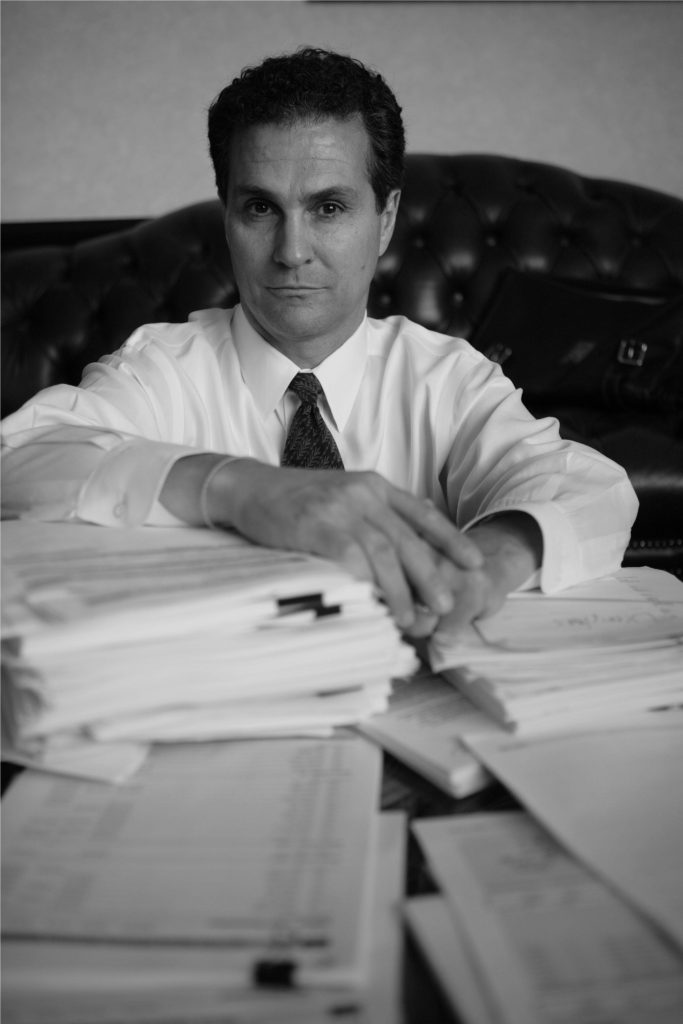Pipe Dream Zoom-chatted with attorney William Groner, ’77, who graduated from Binghamton University with a bachelor’s degree in psychology. The alumnus speaker is founder and chief executive officer of Settlement Services Arbitration and Mediation (SSAM) Alternative Dispute Resolution, a dispute resolution firm. Groner spent nearly a decade representing over 10,000 ground zero responders who were exposed to toxins after 9/11 and were not given proper respiratory protection. This case is seen as the most complex mass tort in U.S. history, resulting in a settlement of $816 million, and Groner wrote a book on it called “9/12: The Epic Battleground of the Ground Zero Responders.” This interview has been edited for length and clarity.
Pipe Dream: What can you tell me about your talk?
William Groner: In my TEDx talk, I talk about nine years after 2001, when we finally had a proposed settlement. The judge held a fairness hearing, [where] he wanted to hear from my clients. You have to watch the TEDx talk to see the energy of it, but, what happened during that, when I heard one of my clients talk, humbled me. It made me proud and honored to have represented the responders because what she showed me was her selflessness and her sacrifice for community. In other words, they had to cleanup this site. They had to get Wall Street back up and running. We had to show the world that we had resilience from an al-Qaeda attack. She and the 10,000 others sacrificed their health for the sake of something bigger. They thought about we, as a society, instead of me, as a person.
PD: So, going back to your lawsuit, what was the general timeline of your case?
WG: We had a very prominent law firm in White Plains, New York. We had never done a mass tort or a class action [lawsuit], and we got a phone call from a detective who had leukemia. He was on the pile, that’s what it’s called — “the pile.” Then, his partner called and had injuries. Then, the local press did an article about the fact that some of these people were sick and that we were representing them. Then, the phones just started ringing and ringing. What started from one case went to two cases, became 100 cases, became 1,000 cases, became 10,000 cases. The judge decided everyone’s exposure and injuries were different, so we couldn’t lump them together and call it a class action [lawsuit]. [The judge] denied our request and said that we had to file individual lawsuits. So, we actually filed 10,000 individual lawsuits that were all lumped together in front of the judge.
PD: When was this in relation to 9/11?
WG: 2003 was when we got that first phone call. What had happened after 2001 was that people had started having complaints, [such as] an unrelenting cough. No one had any idea if this was from the ground zero dust. It was suspected, but we didn’t know … With ground zero, you had over 100 to 200 toxins and contaminants. It was an unknown medical mystery … The medicine on this issue grew over time. We became the leading information center in the world for the symptoms and diseases because we were the only ones that had so many clients … The doctors and hospitals couldn’t accumulate the data because all of these clients, all of these people, all of the responders went to different doctors and hospitals.
PD: That is a big project.
WG: There’s a reason why I have a deal with Sony Pictures to develop this into a TV series. It’s because there’s so many fascinating aspects about the dust, the lawsuit, which is called the most complex mass tort in history, the environmental catastrophe — perhaps the worst environmental catastrophe on U.S. soil in history — medicine that has never seen these injuries before and how the politicians and the press were involved over 10 years.
PD: What do you hope will be the legacy of your talk?
WG: I’m really interested in turning the legacy of 9/12 into one about the heroism and sacrifice of the responders. So, I reached out to [BU President] Harvey [Stenger] and I said, “I want to create a social studies curriculum for education about heroism and sacrifice.” He set me up with S.G. Grant [a professor in the Department of Teaching, Learning and Educational Leadership] … This is just awesome. I’m an energy guy, and this is just different energies colliding and going forward … I want the future generation to be thinking not about me, but about we.



